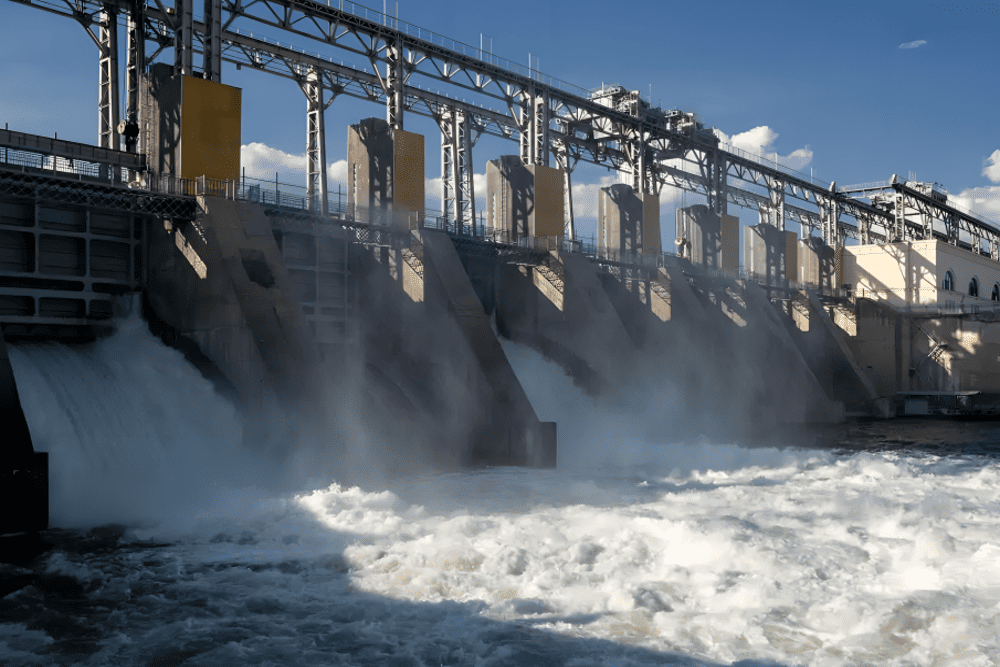
Australia’s construction industry faces a significant shift as new climate reporting laws take effect on January 1, 2025.
The legislation will require large and mid-sized companies to disclose climate-related financial risks, opportunities, and greenhouse gas emissions across their value chains.
The new requirements aim to enhance transparency and align Australia with international reporting standards.
However, they also add complexity to the construction industry’s existing environmental, social and governance (ESG) framework.
RSM Australia Senior Manager ESG & Climate Services Sarah Melville-Maguire highlighted the challenges ahead: “Construction companies must not only integrate these complex requirements into their existing ESG frameworks, but they will also need to elevate the management of this information to executive and board levels.”
A 2023 RSM Australia study revealed that fewer than 20 per cent of construction companies set to become mandatory reporters were collating and reporting carbon emissions at the corporate level, with only 2 per cent prepared for the new disclosures.
One of the key challenges is tracking scope 3 emissions — carbon emissions generated in supply chains.
“These emissions require detailed data collection from diverse suppliers and subcontractors, many of whom often lack standard reporting practices,” Melville-Maguire explained.
To prepare for the mandatory reporting laws, RSM Australia recommends:
- Conducting a gap analysis of current governance and reporting practices
- Mapping key organisational data and custodians
- Addressing complex requirements like scope three emissions and climate risks immediately
The legislation also requires companies to embed climate risk management into governance, risk systems, and strategic planning.
With the deadline approaching, Melville-Maguire urged swift action: “The combination of the reporting requirements and a tight timeline can be daunting, but breaking down the requirements and taking a step-by-step approach can simplify the process and give direction to the business.”
As the construction industry grapples with these new requirements, companies must act quickly to ensure compliance and contribute to a more sustainable future.










